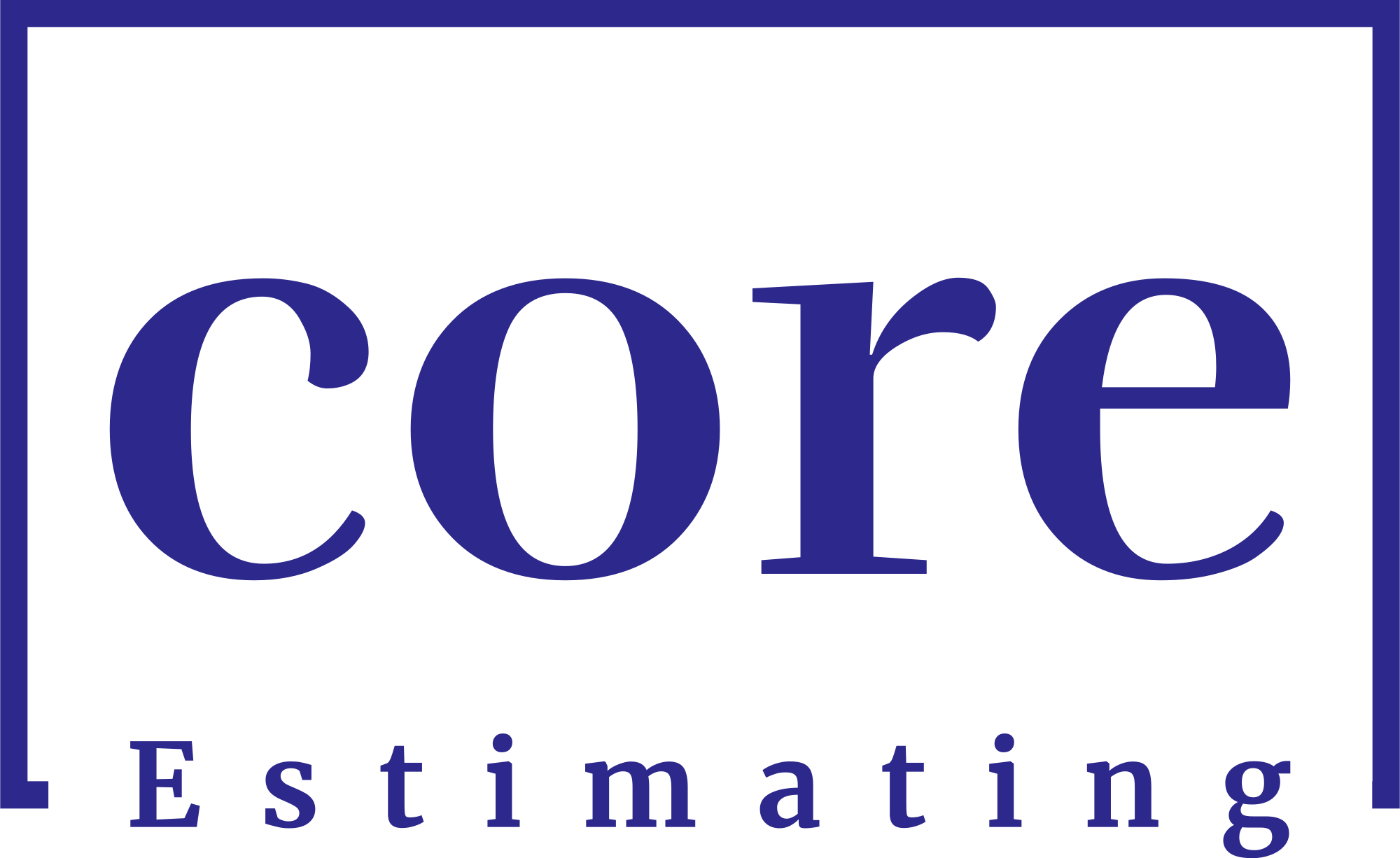In the fast-paced world of project management, accurate estimation of both time and cost holds the key to successful outcomes. Whether you’re a small business owner, a project manager, or an individual taking on a personal project, understanding the significance of estimating time and cost can greatly impact your overall success. In this article, we’ll delve into the reasons why estimating time and cost are crucial, exploring their benefits, challenges, and practical implications.
If you’re in need of construction estimate services, simply go to homepage or follow the links below:
| Services | Links |
|---|---|
| Detailing Services | Link |
| Building Information Modeling | Link |
| General Contractor | Link |
| Subcontractors | Link |
| MEP | Link |
The Importance of Accurate Estimations
2.1 The Foundation of Project Planning
At the heart of any well-executed project lies a meticulously crafted plan. Estimating time and cost forms the bedrock of this planning process, allowing project managers to chart out a roadmap with clear milestones and deliverables. When every step of the project is carefully estimated, it becomes easier to allocate resources, set achievable deadlines, and determine the project’s overall feasibility.
2.2 Resource Allocation and Optimization
Effective estimation plays a vital role in resource allocation. By accurately estimating the time and cost associated with each task, project managers can ensure that the right resources are allocated at the right time. This prevents bottlenecks, optimizes productivity, and minimizes wastage of valuable assets.
2.3 Realistic Budgeting
In the business world, financial considerations are paramount. Accurate cost estimation allows organizations to create realistic budgets that encompass all project expenses. This ensures that financial resources are allocated appropriately, preventing overspending and enabling effective financial management.
Stay tuned for the next section where we’ll delve deeper into the challenges that arise during the estimation process and how to navigate them effectively.
Challenges in Estimation
3.1 Uncertainty and Risk Assessment
Estimating time and cost is not without its challenges. One of the foremost obstacles is dealing with uncertainty and managing risks. External factors, unexpected events, and market dynamics can all impact the project’s timeline and budget. Overcoming these uncertainties requires a proactive approach to risk assessment and contingency planning.
3.2 Scope Creep and Changing Requirements
As projects evolve, so do their requirements. Scope creep, the gradual expansion of project scope beyond its original boundaries, can lead to inaccurate estimations. This phenomenon often results from changing requirements or the inclusion of additional features. Estimating with flexibility in mind is crucial to accommodating potential scope changes.
3.3 Balancing Speed and Quality
In the race to meet deadlines, it’s essential to strike a balance between speed and quality. Overestimating time might lead to missed opportunities, while underestimating can compromise the quality of deliverables. Achieving the right equilibrium requires a deep understanding of the project’s objectives and stakeholder expectations.
Stay tuned for the next section where we’ll explore the benefits that stem from effective estimation practices.
Benefits of Effective Estimation
4.1 Improved Decision-Making
Accurate estimation empowers project managers to make informed decisions. When armed with reliable projections of time and cost, stakeholders can assess potential risks, evaluate trade-offs, and make strategic choices that align with the project’s goals.
4.2 Client Communication and Expectation Management
Clear communication with clients is essential for building trust and managing expectations. Precise estimations facilitate honest discussions about project timelines and costs, fostering transparency and minimizing misunderstandings.
4.3 Efficient Resource Management
Resource allocation becomes seamless when based on accurate estimations. Projects can be staffed adequately, and resources can be optimized to ensure smooth progress, ultimately leading to timely deliverables.
Stay tuned for the next section where we’ll delve into strategies to achieve accurate estimations consistently.
Strategies for Accurate Estimation
5.1 Historical Data Analysis
Drawing insights from past projects provides a valuable foundation for estimation. Historical data analysis helps identify patterns, trends, and potential pitfalls, enabling project managers to make more accurate predictions.
5.2 Expert Judgement and Consultation
Seeking input from subject matter experts and experienced professionals can enhance estimation accuracy. Their domain-specific knowledge and practical insights can shed light on potential challenges and assist in crafting more realistic projections.
5.3 Utilizing Estimation Tools and Software
In the digital age, there is no shortage of tools and software designed to streamline estimation processes. Leveraging these technologies can lead to more precise estimations and facilitate data-driven decision-making.
Stay tuned for the next section where we’ll explore the intricate relationship between time and cost estimation.
The Synergy Between Time and Cost Estimation
6.1 Time-Cost Trade-off Analysis
Time and cost are often interconnected, requiring project managers to strike a delicate balance. Time-cost trade-off analysis involves assessing how adjustments in one aspect impact the other, enabling informed decisions that align with project goals.
6.2 Impact of Time Estimation on Cost
Accurate time estimation directly influences cost projection. A longer project duration can lead to higher resource expenses, while a shorter timeline might necessitate additional resources to expedite tasks.
6.3 Cost Estimation’s Influence on Time
Conversely, cost estimation affects time planning. A constrained budget might necessitate a longer timeline to accommodate resource limitations, potentially impacting project delivery.
Stay tuned for the next section where we’ll delve into real-world examples that highlight the practical implications of estimation.
Real-world Examples
7.1 Construction Projects: Balancing Time and Budget
In the construction industry, accurate estimation is paramount. Building projects require careful scheduling to ensure materials, labor, and equipment are coordinated efficiently. Deviations from initial estimates can result in delays, cost overruns, and dissatisfied clients.
7.2 Software Development: Navigating Changing Requirements
The dynamic nature of software development demands adaptive estimation practices. Agile methodologies embrace changing requirements, emphasizing regular reassessment and adjustment of estimates to accommodate evolving project needs.
7.3 Personal Projects: Meeting Deadlines and Budgets
Even personal projects benefit from effective estimation. From planning a wedding to renovating a home, accurate estimations help individuals manage time and expenses, ensuring successful project completion.
Stay tuned for the next section where we’ll address common pitfalls in the estimation process and how to overcome them.
Overcoming Common Estimation Pitfalls
8.1 Over-Optimism and Underestimation
Optimism can cloud judgment and lead to underestimation of project complexities. Overcoming this pitfall requires a balanced perspective and a willingness to confront potential challenges head-on.
8.2 Failure to Account for Unforeseen Circumstances
Unforeseen events are inevitable in any project. Failing to account for these circumstances can disrupt timelines and inflate costs. Embracing uncertainty and building contingencies is essential for successful estimation.
8.3 Lack of Stakeholder Involvement
Stakeholder input provides valuable insights that contribute to accurate estimation. Collaboration ensures that diverse perspectives are considered, enhancing the accuracy of predictions.
Conclusion
In the realm of project management, estimating time and cost is an art as much as it is a science. The ability to foresee potential challenges, allocate resources wisely, and communicate transparently with stakeholders is the hallmark of effective estimation. By embracing strategies to overcome challenges, harnessing the synergy between time and cost, and learning from real-world examples, project managers and individuals alike can navigate the complex terrain of estimation with confidence.






